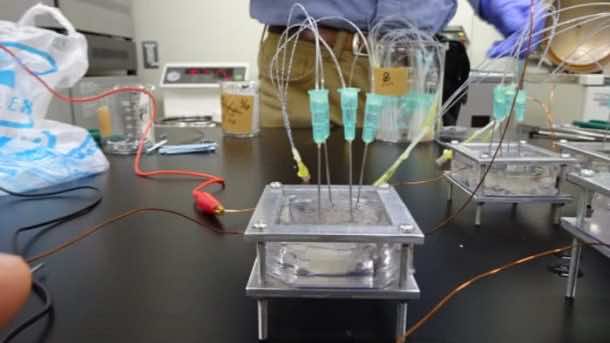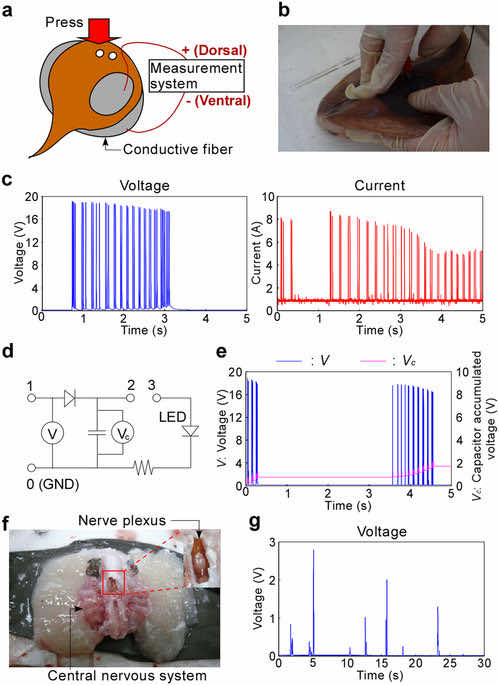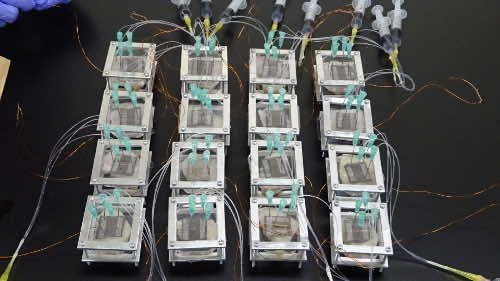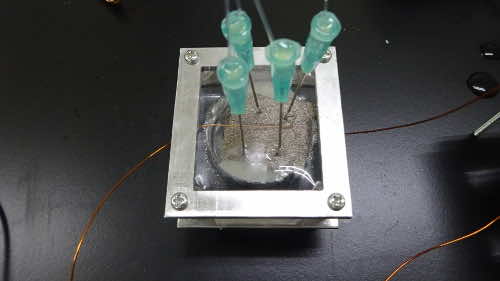Researchers all across the world are trying to come up with the most innovative and eco-friendly systems to generate energy. From biofuel to the use of micro-organisms, there is no dearth of groundbreaking and innovative ideas for the production of clean energy.
Recently, a research group from Japan’s RIKEN Quantitative Biology Center (QBiC) hit upon one of the most natural ways to generate electricity. The team used an electric ray, also called the torpedo fish, to light up an LED.

The scientists connected the electricity-producing organs of the torpedo fish to an LED via electrodes. The electrodes were attached to the ventral and the dorsal side of the fish. A slight pressure was applied to the head of the torpedo fish whereby it generated an electric pulse, long enough to keep the LED lighted for a short interval.

To ascertain the possibility of storing the electrical power being produced by the fish, researchers from RIKEN hooked it up to a capacitor. The capacitor charged up to 2 volts, sufficient to power another LED and an electric toy car.

Finally, the electricity-generating organs and the associated nervous system was removed from the Ray fish. A neurotransmitter named acetylcholine solution was added to stimulate the organs for power generation. A serial circuit was made out of various units containing the bodies. The team was able to generate an output of 1.5 volts and a current of 0.64 mA.

The research team of RIKEN has published its findings in a journal named Scientific Reports:
“Our system can be a model for electric power generation systems using a biological generation method based on the ATP energy conversion system if electrocytes, electric organs or similar systems can be artificially created.”
Ray fish, scientifically named Narke japonica, was used by the ancient Greek and Roman civilizations to treat gout and headaches. The fish are now being studied for their energy generation properties.
The experiment will prove useful in understanding how the charges are generated by the ray fish by converting adenosine triphosphate (ATP) from glucose into electricity. The same process may one day be used to produce electricity artificially using chemicals and synthetic system.
Brings quite a new meaning to the ray of light, doesn’t it?


